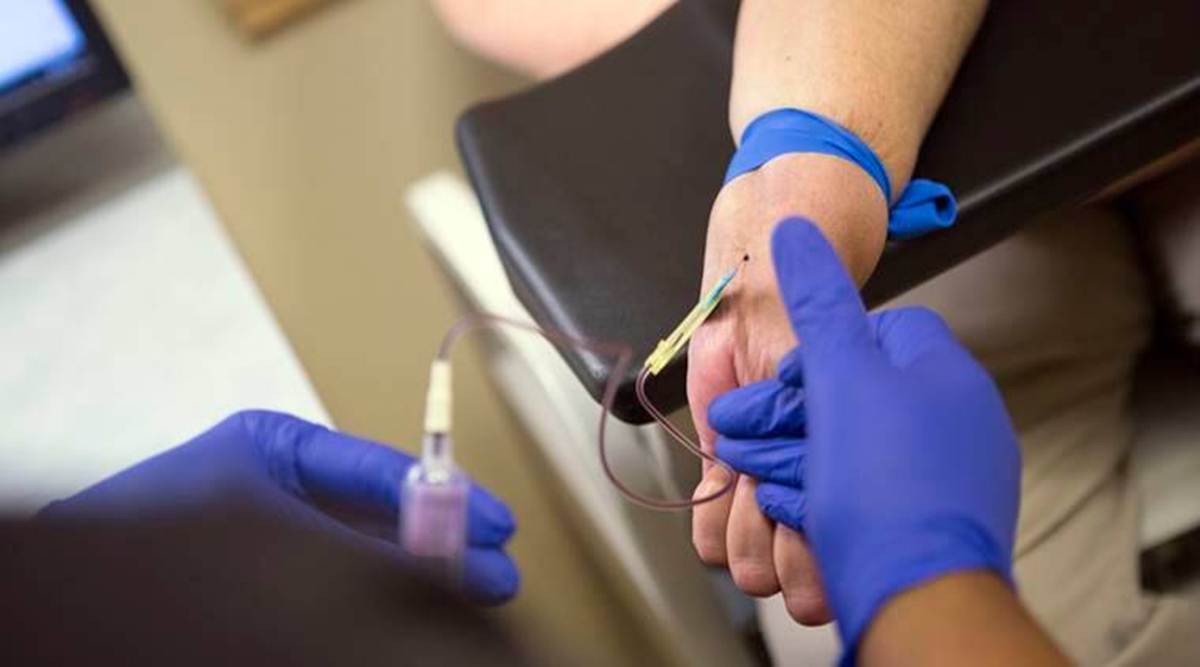Here’s what patients on dialysis need to know about the process and its safety

Ensure your prescription is updated regularly, and insist on a copy of your medication prescription in your dialysis chart

For people whose kidney functions decline with time, the process of dialysis works as an alternative, and keeps them healthy. It is said that haemodialysis is among the most advanced technologies used in outpatient settings. “Though there are safety checks and controls, the processes of care, the capability of the health care worker delivering the service, and an engaged and informed patient are key to achieving topmost priority at a dialysis centre,” says Dr Suresh Sankar, Nephrologist & Senior VP, Clinical Affairs, NephroPlus.
The doctor says that patient safety events in dialysis can occur in the following aspects of care:
* Initiation and ending of dialysis session
* Type of dialyzer used and whether the appropriate labelled dialyzer was used
* Amount of blood thinner used
* Medications
* Fluid removal on dialysis
* Infections
How can the treatment be made safer?
“It starts with knowing where safety matters and taking the right action,” says Dr Sankar.
– Give time to your technician and nurse for the process of care when starting and ending the session.
– Know about the kind of kidney filter used and if it is to be reused, its identity has been verified. You could gently ask your care provider to recheck it especially if there is another patient with the same or similar name in your centre.
– Ask your doctor about the amount of blood thinner you will need and know the same recommendations are followed.
– Ensure your prescription is updated regularly, and insist on a copy of your medication prescription in your dialysis chart.
– Limit your fluid intake to what is appropriate for you and do not insist on ‘maximal fluid removal’ during the session. Based on each individual’s body weight, duration of the session, there is a limit to how much fluid can be removed.
– Clean your fistula site with soap and water before every dialysis treatment.
– Clean your hands with soap and water or waterless alcohol-based sanitizer before you start your dialysis session and after you leave.
– If you have a catheter, wear a mask and request your care provider to wear a mask when starting and ending dialysis. Know the signs when a catheter could be infected.
– If you don’t have a permanent fistula, but will need dialysis for your lifetime, discuss the early placement of a fistula with your doctor, before the need for dialysis.
– Ensure you have taken the vaccines recommended for you at the right dose and frequency.
For more lifestyle news, follow us: Twitter: lifestyle_ie | Facebook: IE Lifestyle | Instagram: ie_lifestyle
Source: Read Full Article